This relatively small area tucked away at the Ethio-Kenyan border is a cultural and biodiversity hotspot harboring several cultures, ethnicities and nations which coexist peacefully despite huge differences in language, tradition and lifestyle. Four of Africa’s language groups (including the Omotic language group which is endemic to South Omo) can be found in the region which is believed by many to have been a crossroad for different migrating ethnic groups for thousands of years and to this day the people of the Lower Omo Valley, including the Mursi, Suri, Nyangatom, Dizi and Me’en, are studied for their diversity. Nowhere else in Africa can one find a truly unsullied mosaic of people as in the Lower Omo Valley, except perhaps in the adjoining northern Kenyan highlands but it would still be incomparable to the Lower Omo with its more than 20 different ethnic groups which all adhere to specific norms, habits and customs which can at times, to the modern mind, seem unruly at best. The administrative center of the South Omo Zone is Jinka, a somewhat isolated market town situated at an altitude of 1,490 meters above sea level which possesses both rural and urban characteristics. It has a large Saturday market which traders from all over the region congregate to, but the main attraction within the town is the German-funded South Omo Research Center and Museum whose exhibits are mostly anthropological in nature providing very interesting insights into the cultures of the people of South Omo. Jinka can be reached by road by turning west at Karat-Konso south of Arba Minch. One should allocate at least a week when planning a trip to South Omo in order to take in all of the wonderful sites and scenery. Since road conditions might force slow travel, especially in the rainy season, planning for a 10 day trip would be prudent while flying to the airport at Arba Minch and driving the rest of the way is another option which would be considerably more expedient.
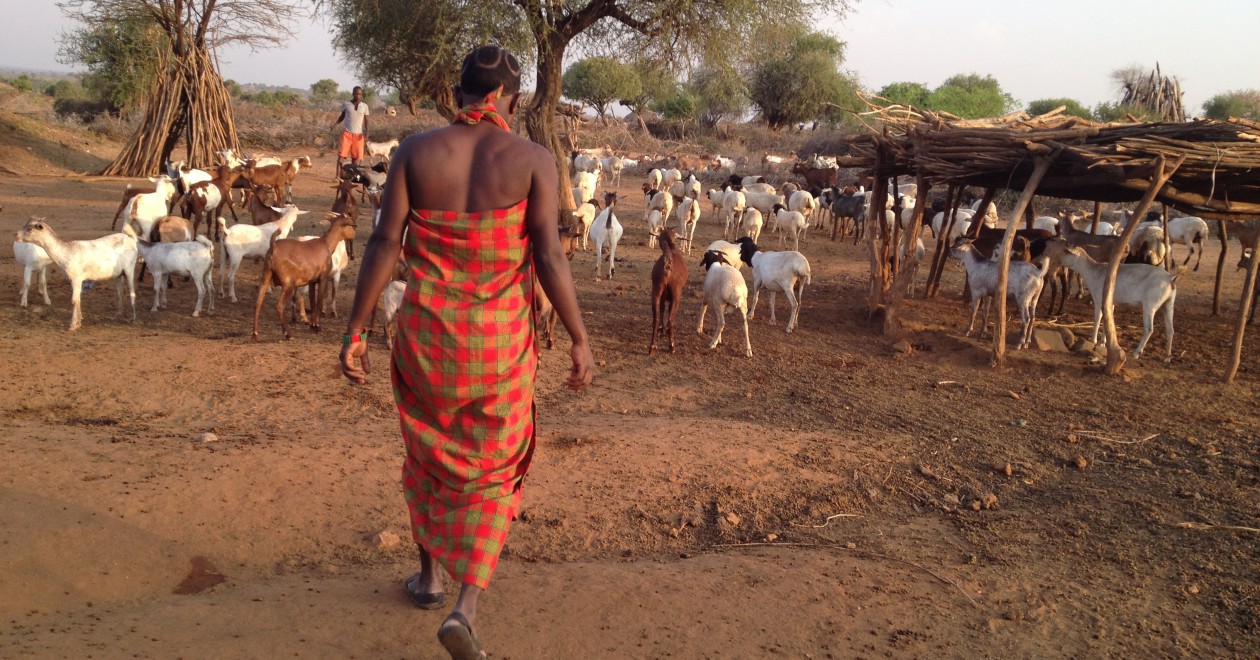
About Author
276 Posts
You Might Also Like This
-
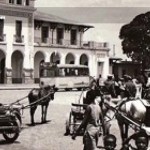
Addis Abeba History
-
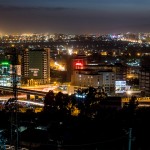
Climate and Location
-
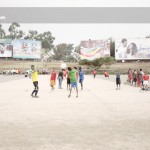
Sporting and Entertainment
-

Forex, ATMs and Communications
-
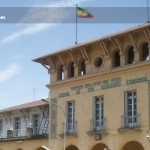
Old City Center
-
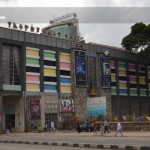
National Theatre
-
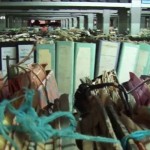
National Library and Archives
-
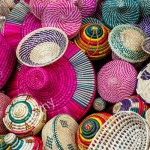
Souvenir shops on Churchill Avenue
-
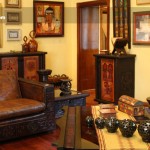
St. George Art Gallery
-
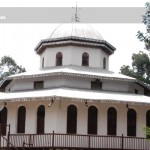
The Mausoleum of Emperor Menelik II (Bahta Mariam Church)
-
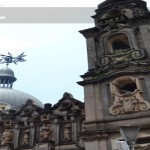
Holy Trinity Church (Kidus Selassie)
-
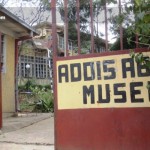
Addis Abeba Museum
-
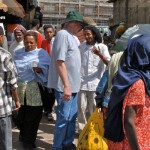
Central Market – Mercato
-
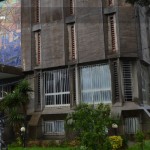
National Museum
-
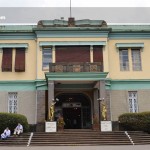
Ethnological Museum
-
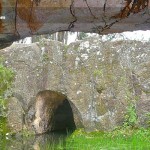
Washa Michael at Kebena
-
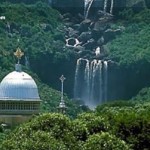
Debre Libanos
-
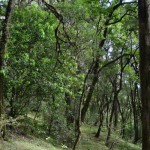
Menagesha Forest
-
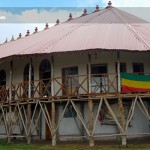
Ankober
-
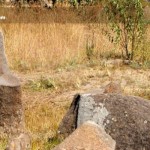
Adadi Mariam and Melka Konturé
-
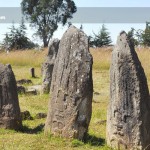
Tiya Stelae fields
-

Mount Zuqualla
-

Bishoftu (Debre Zeit)
-
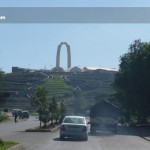
Adama (Nazareth)
-
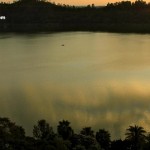
Eastern Ethiopia
-

The Afar
-
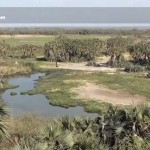
Awash National Park
-

Dire Dawa
-
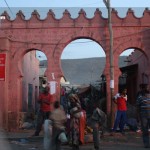
Cave Paintings in Dire Dawa
-
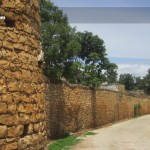
The Walled City of Harar
-

The Jugol
-

Harari Handicrafts
-
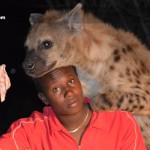
Hyena Feeding
-

Southern Ethiopia (The SNNPRS)
-
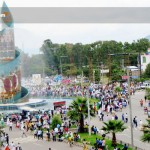
HAWASSA
-
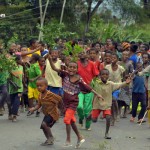
GamoGofa
-
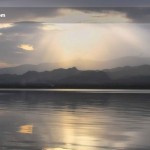
Lake Abaya
-
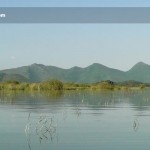
Lake Chamo
-

The Arbaminch Crocodile Farm
-

The Dorze people
-

Walled Villages of Konso
-

Lake Chew Bahir
-
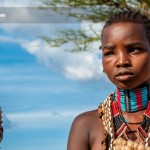
The Hamers: Turmi and Dimeka
-

Turmi
-
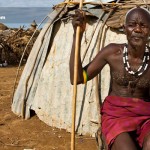
Omorate
-
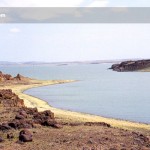
Lake Turkana
-
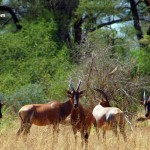
Mago National Park
-
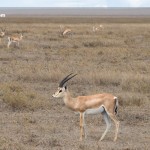
Maze National Park
-
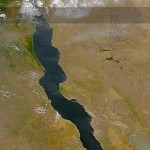
Southern Rift Valley Lakes
-

Lake Ziway
-
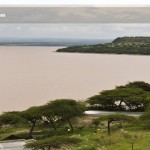
Lake Langano
-

Lakes Abiata and Shalla
-
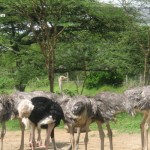
Abiata-Shalla Lakes National Park
-
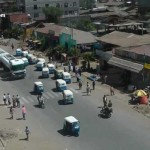
Shashemene and Its Surrounds
-
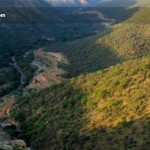
BALE MOUNTAINS NATIONAL PARK
-
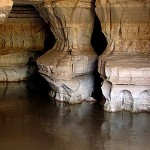
SOF-OMAR
-

Wondo Genet
-
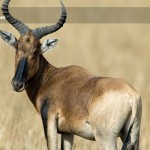
Senkele Swayne’s Hartebeest Sanctuary
-

Hawassa
-
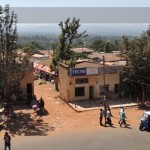
Dilla
-
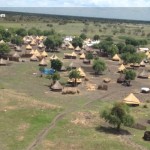
West
-
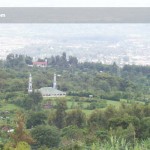
Jimma
-
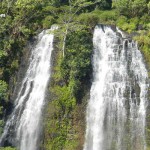
Sor Waterfall
-

Nekemt
-
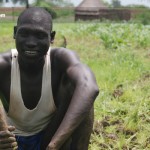
Gambella
-
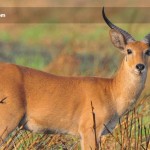
Gambella National Park
-
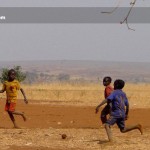
Benishangul Gumuz
Recent Posts
Recent Comments
Archives
Categories
- Activities
- Addis Ababa
- Adventure
- Airlines
- Amhara
- Around Addis Ababa
- Arts and crafts
- Birding
- Boating
- Car Rentals
- Caving
- Chines Restaurant
- coffee bakery & pastry shops
- Conference Tourism
- Eastern Ethiopia
- European Restaurant
- Explore
- Fast food joints
- Fishing
- French restaurant
- Galleries
- Great Ethiopian Run
- Greek restaurants
- Horse Riding
- Hot springs
- Indian Restaurants
- International Restaurants
- Italian Restaurant
- Japanese Restaurant
- Korean Restaurant
- Malls and Supermarkets
- Mediterranean Restaurants
- Middle Eastern Restaurants
- Motor Biking
- Mountain Biking
- News
- Nightlife
- Northern Ethiopia
- Parks and Wildlife
- Pilgrimages and Festivals
- Pizzeria
- Private Air Operators
- Private Flight Tours
- Restaurant
- Restaurants
- River Rafting
- Road Cycling
- Rock Climbing
- Shopping
- Southern Ethiopia
- Spa and Salons
- Suppliers and Services
- Things to do
- Tigrai
- Tour and Travel
- Tour Operators
- Traditional Clothes
- Traditional Restaurants
- Travel Tips
- Trekking and Camping
- Uncategorized
- Unique Ethiopia
- Western EThiopia
- Wildlife Safaris
